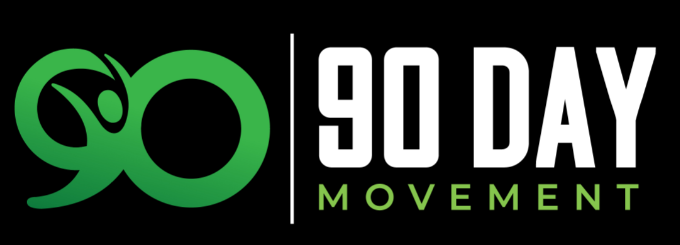The Ketogenic (Keto) diet and a collection of habits helped me to lose 13 kilograms in 3 months. Keto was one of the diets that kept on coming up over and over when I was researching how to avoid processed sugar and foods. One of the biggest frustrations of starting a weight loss journey is finding a diet that is safe and sustainable. After researching for a couple of months I started my new keto lifestyle. This simple diet changed my view on nutrition and how my body worked.
The Goal Of The Keto Diet.
The aim of the Keto Diet is to minimize daily carbohydrate intake (especially processed carbs). Our bodies begin to burn excess fats rather than sugar when we minimize carbs. The sugar our bodies burn is glucose which comes from carbs such as bread, processed sugar, pasta, potatoes, juices, sodas, some fruits, and sugary drinks. Any extra glucose is either stored in our liver or muscles as glycogen or converted into fats.
Another benefit of lower your carbs is your insulin levels will drop. When your insulin drops your metabolism shifts into a fat-burning mode. It is very important to note that lowering your carbs is not a license to eat unhealthy (processed fats and meats). In the keto diet, you need to eat healthy fats and proteins. Proteins and fats will help you speed up the fat-burning process, control your appetite and, reach your ideal weight goal.
Ketosis.
When your body enters this fat-burning mode it is called ketosis. Ketosis is the natural, safe condition where our bodies are burning fat as a primary fuel source rather than sugar. Many people come close to ketosis when they sleep. When you eat your last meal at 7 p.m. and have your first meal at 7 a.m. the next morning, your body is close to ketosis. Fasting (not eating) for more than 12 hours get’s your body into ketosis. After you eat breakfast your body does not return to ketosis for that day. Your body will spend the rest of the day digesting food and breaking down carbs and starches into sugar.
Keto Diet Macronutrients
Macronutrients are energy-providing chemical substances consumed by organisms in large quantities. The three macronutrients in nutrition are carbs, lipids (fats), and proteins. Our modem diet is filled with processed carbs. Much of our daily caloric intake consists of 45-65% carbs. The breakdown of the macronutrients for the keto diet are:
- 10-15%: Carbs. Your carbs will come from healthy sources such as salad vegetables, no starchy veggies, spices, and herbs.
- 70%: Fats. Healthy fats include omega-3 fats (fish oil), healthy monounsaturated fats, healthy saturated fats, and minimal healthy polyunsaturated fats.
- 10-15%: Protein. Sources of protein are eggs, wild low-mercury fish, and grass-fed meats.
When you reduce your daily carb intake from 65% to under 20%, your body begins to burn fat rather than sugar. By adding moderate protein and healthy fats, your body reaches its peak metabolic fat-burning zone. Once you are in this fat-burning zone weight loss will be ‘effortless’.
Why Choose The Keto Diet?
When your body starts to burn fats instead of sugar good things happen to your body. Personally, when I started limiting processed carbs, especially processed sugar I lost belly fat, reduced my appetite, increase energy (ran for longer) and my abnormal food cravings were more controlled. If you would like to start with the keto diet, start small and consult with your medical doctor before changing your diet. The keto diet has helped me to lose weight, defeat sugar addiction, and start eating healthy!
